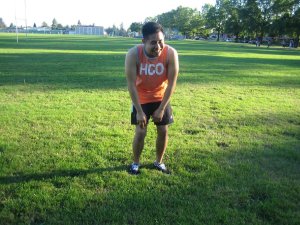Hives, also called uriticaria, is an occurrence of swollen, pale red bumps or plaques (bumps joining together forming a larger size) on any part of the skin that usually appears on any part of the body, including the face, lip, tongue, throat and ears. It is often itchy and frequently caused by an adverse reaction to particular allergens or may occur for unknown reasons. They vary greatly in size with some sizing from as small as a pencil eraser to as large as a plate.
Hives is different from angioedema. The latter is a type of hives that refers to red bumps occurring deeper in the skin, characterized by deep swelling around the eyes and lips. Hives are highly common and usually disappear on their own often in 24 hours or less. Medical attention must be sought in severe cases.
Types of Hives
There are four different types of hives, each with different causes and symptoms lasting over different time spans.
- Acute urticaria
- Hives lasts for less than six weeks
- Chronic urticaria
- Hives lasts for more than six weeks
- May be difficult to identify
- Can possibly affect internal organs
- Physical urticaria
- Hives occur at site of stimulation and rarely appear elsewhere
- Appears within an hour after exposure
- Includes form: dermatographism
Causes of Hives
Hives often form when the blood vessels leak out blood plasma into the skin. Along with the blood plasma, histamine, a chemical, is released causing the group symptoms of allergies.
- Acute urticaria
- Common causes include food, medications, insect bites and infections
- Common food causes: chocolates, nuts, seafood, tomatoes, eggs, fresh berries, milk and alcohol
- Common medication causes: aspirin, ibuprofen, high blood pressure drugs, painkillers
- May be caused by a viral infection
- Chronic urticaria
- Of unknown cause
- Physical urticaria
- Caused by direct physical stimulation
- Stimulators include: sun exposure, heat, cold, pressure, vibration, sweating and exercise
- Dermatographism: occurs after scratching the skin
Signs and Symptoms of Hives

Hives are easily noticeable as they are present on the skin’s surface. However, other symptoms associated with hives include:
- Itching, sometimes stinging and burning, swollen pale red bumps or plaques
- Muscle soreness
- Vomiting and diarrhea
- Shortness of breath
- In severe cases, difficulty breathing and swallowing
First Aid Treatment for Hives
Hives are not a medical emergency, except in severe cases. In severe cases, call for medical help immediately. But in otherwise mild cases, the following treatment can be done to reduce symptoms.
- Avoid the trigger. If the trigger is known, stay away from it to avoid injuries.
- Take over-the-counter antihistamine medications. Before giving the child antihistamine, seek a doctor’s approval.
- Advise the person to take cool showers and to apply cold compress. Rest in a cool room and wear loose clothes.
- Do not use strong soaps, detergents and other chemicals.
- To further reduce itching, calamine lotion or a mixture of water and baking soda may be applied on the itching area.
To learn about how to treat hives and other skin-related injuries, enroll in First Aid Training and CPR courses for knowledge on medical scenarios.